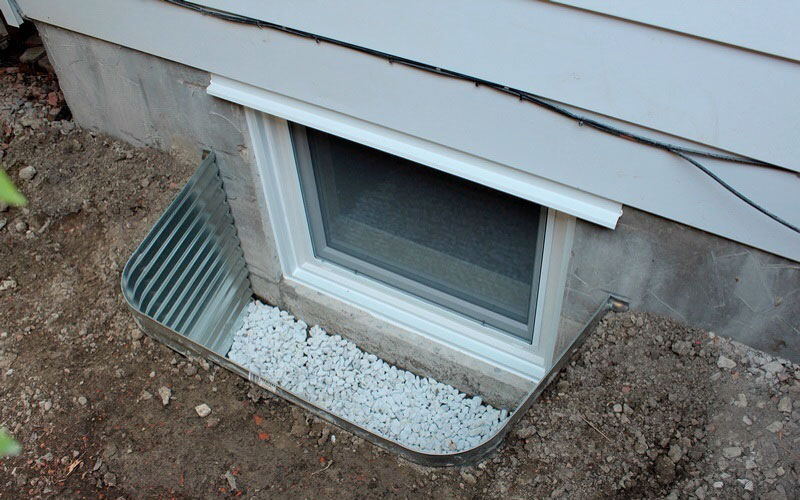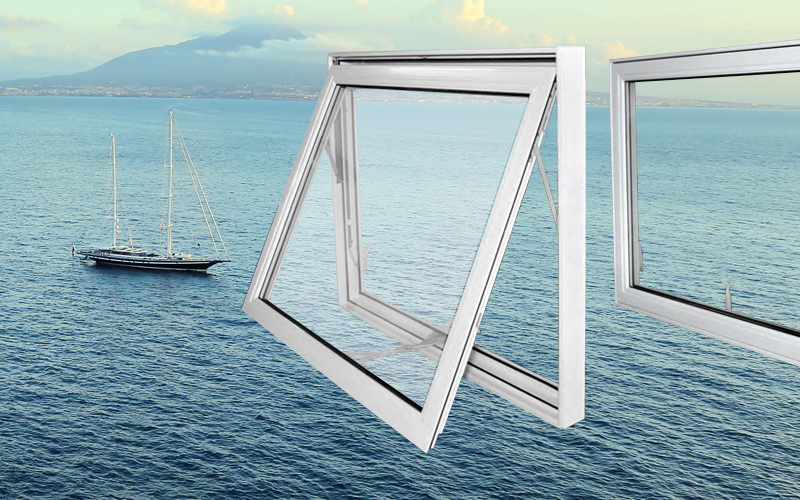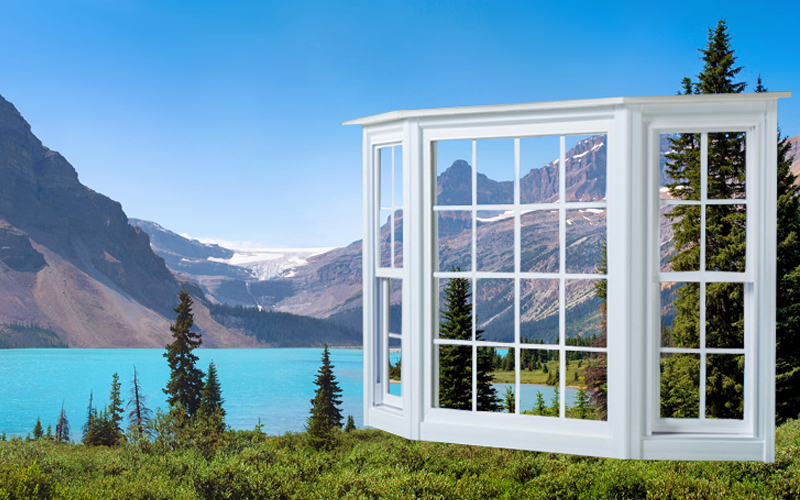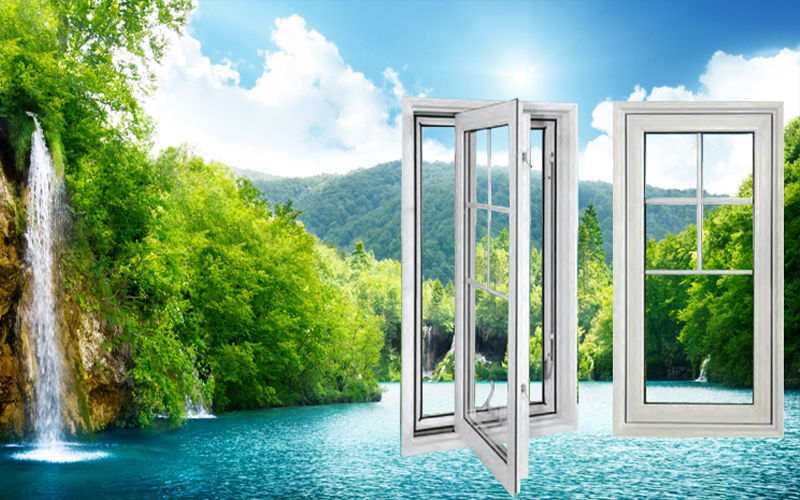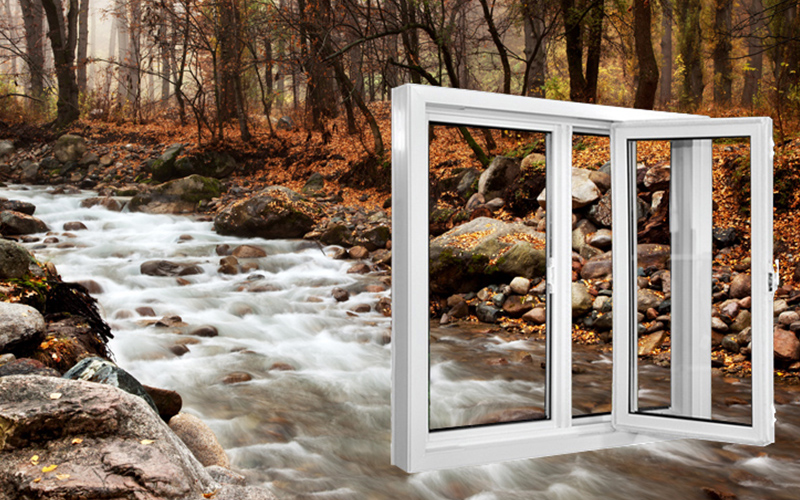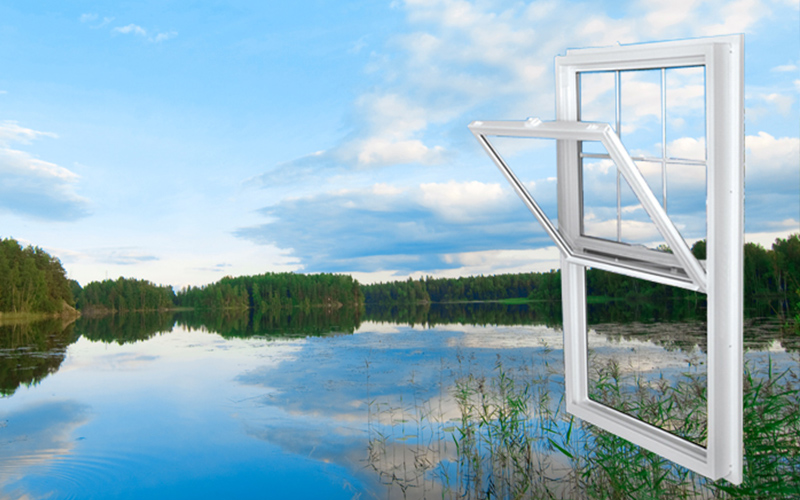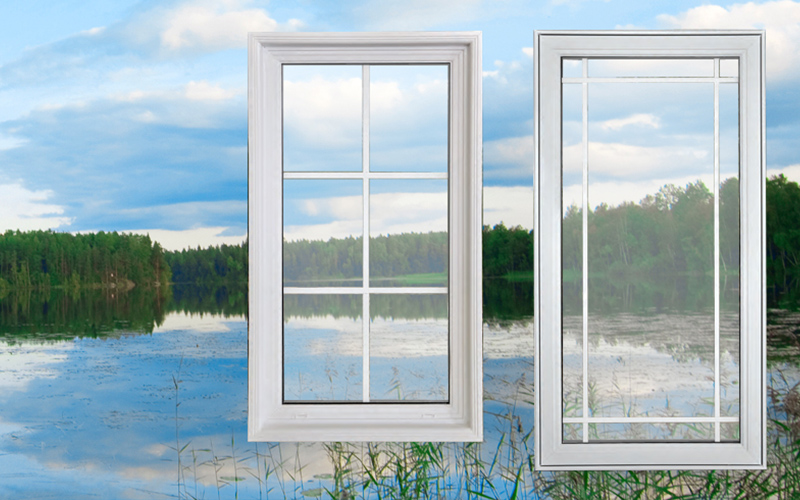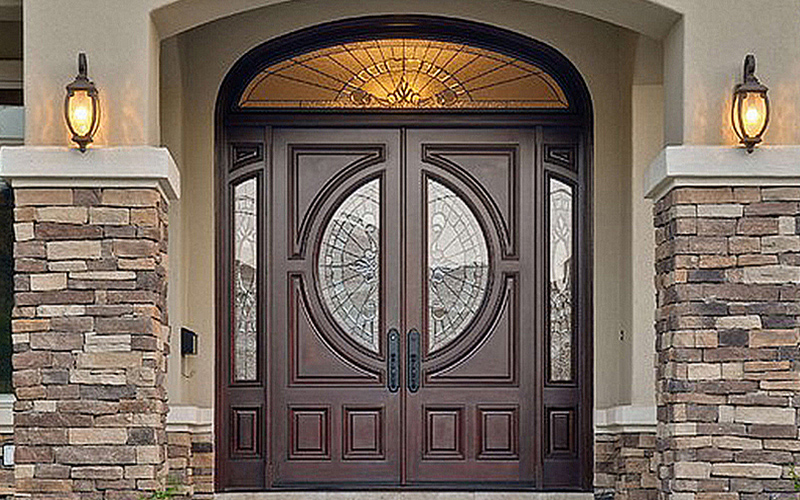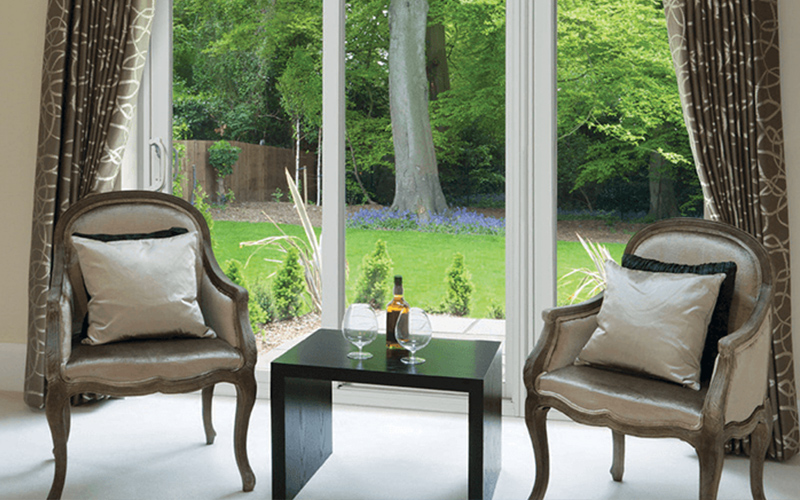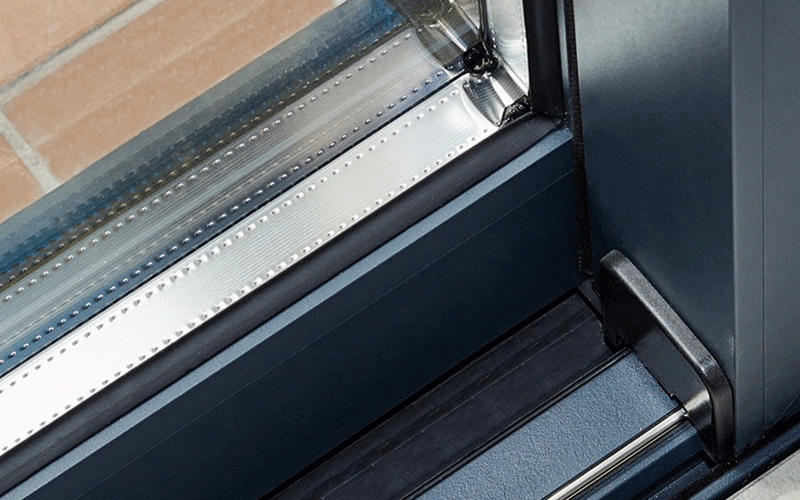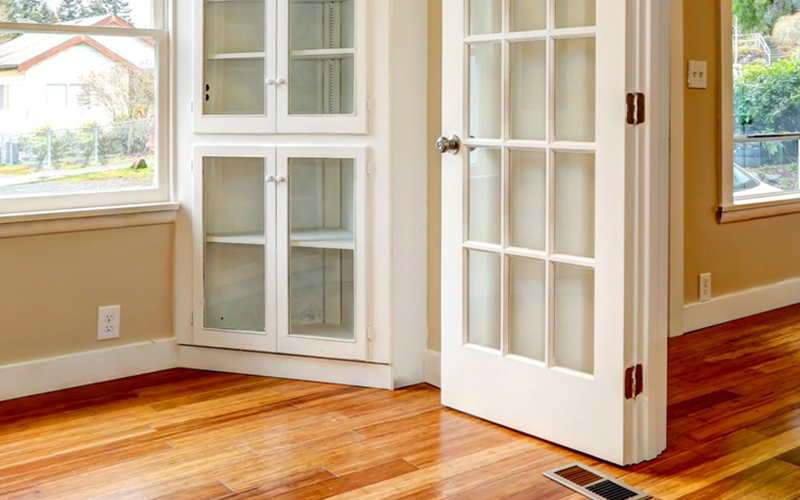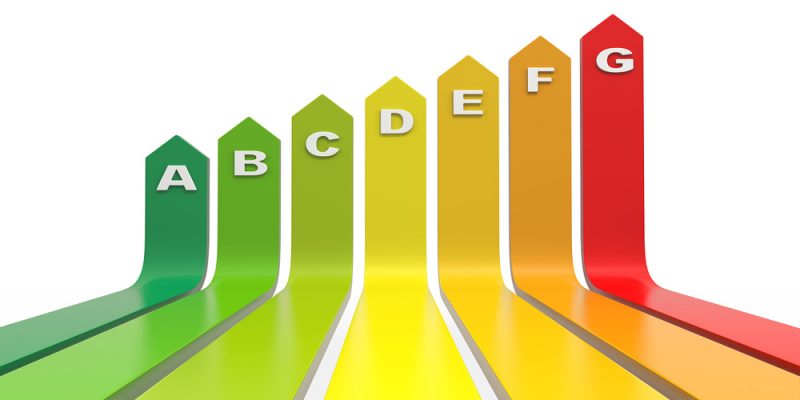What is Energy Efficiency
We all care about the environment, in our homes, and outside too. That’s why Vinyl window pro makes windows and doors that meet or exceed industry standards. We make all our windows and doors with energy efficiency in mind, so you can enjoy year-round comfort and savings.Ask your Vinyl window pro dealer how our energy efficient windows and doors can save you money.
There are some key energy efficiency concepts that will help you choose the best windows and doors for your needs. For more information on energy efficiency, refer to Sill to Sash: A Complete Guide to Windows and Doors from the Canadian Window and Door Manufacturers Association or see the information below:
Energy Rating System (ER)
A window’s ER rating is a measure of its overall performance, based on three factors: 1) solar heat gain; 2) heat loss through frames, spacer and glass; and 3) air leakage heat loss. All window Energy Ratings (ER) are evaluated in the same way.
Glazing
Is the number of panes of glass used in the construction of the window. The space between double- and triple-paned windows provides insulation. All windows should be at least double glazed with low-e to reach the energy efficiency and performance needed for the varied North American climate.
Heat Loss and Gain
Refers to the balance between solar energy coming into and out of a home through the windows or building materials. The type of window glass and the placement of windows can contribute to heat loss and gain.
Low-E glass
Low-E stands for low-emissivity. Emissivity is a measure of how much a glass surface transfers radiant heat.
Comfort E-PS from AGC
Comfort E-PS from AGC is recommended when cooling costs outweigh heating costs in your energy usage, or where summer discomfort from heat build-up should be an important concern. This is the best glass for most applications in a southern climate. It has a very high reflection rate of the radiant outside heat to prevent heat gain in summer and in winter it still retains radiant once you turn on your furnace! LoE 366 has a lower Solar Heat Gain Coefficient (SHGC) in order to minimize Solar Heat Gain that results in extra work for your air conditioning unit.
Solar Heat Gain Coefficient (SHGC)
When cooling is needed, the key rating parameter is the SHGC. SHGC measures how well a product blocks heat from the sun. SHGC is expressed as a number between 0 and 1. The lower the SGHC, the better a product is at blocking unwanted heat gain. Blocking solar heat gain is particularly important during the summer.
Visible Transmittance (VT)
The VT is the relative amount of visible light transmitted through a pane of glass. The VT ranges from 0 to 1. The smaller the VT, the less visible light is transmitted through the product. The higher the VT, the greater the potential for day lighting to offset the need for electric lighting.
Condensation Resistance (CR)
CR measures how well a product resists the formation of condensation. CR is reported on a scale of 1 to 100. The higher the number, the better a product is at resisting condensation.
U-Value
When heating is needed, the key rating parameter is the U-value. The U-value describes how well a product prevents heat from escaping a home or building. U-value ratings generally fall between 0.2 and 1.2. The lower the U-value, the better a product is at keeping heat in. U-factor is particularly important during the winter heating season.
R-Value
The R-value represents the resistance a material has to heat flow. It measures the effectiveness of insulation in stopping heat flow. The higher the R-value, the greater the heat resistance.


